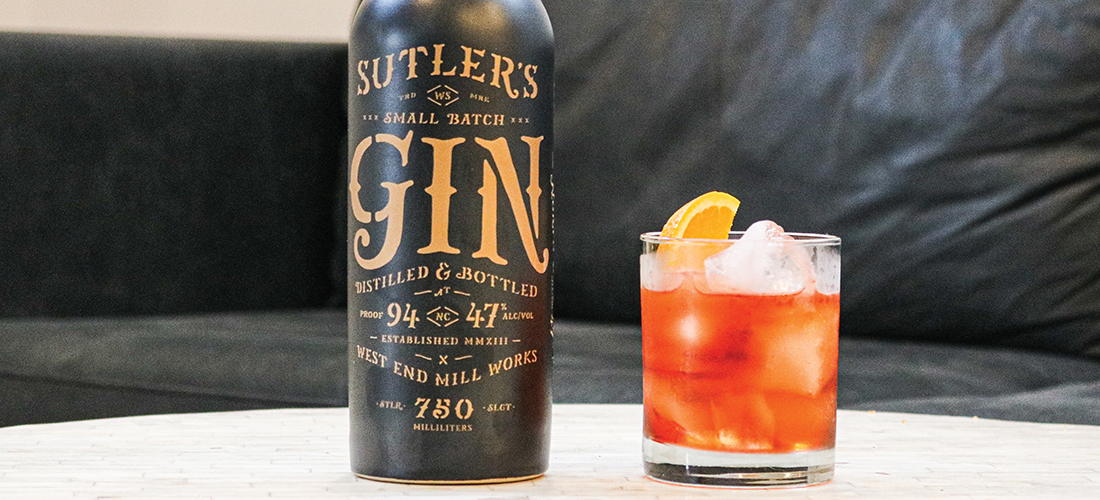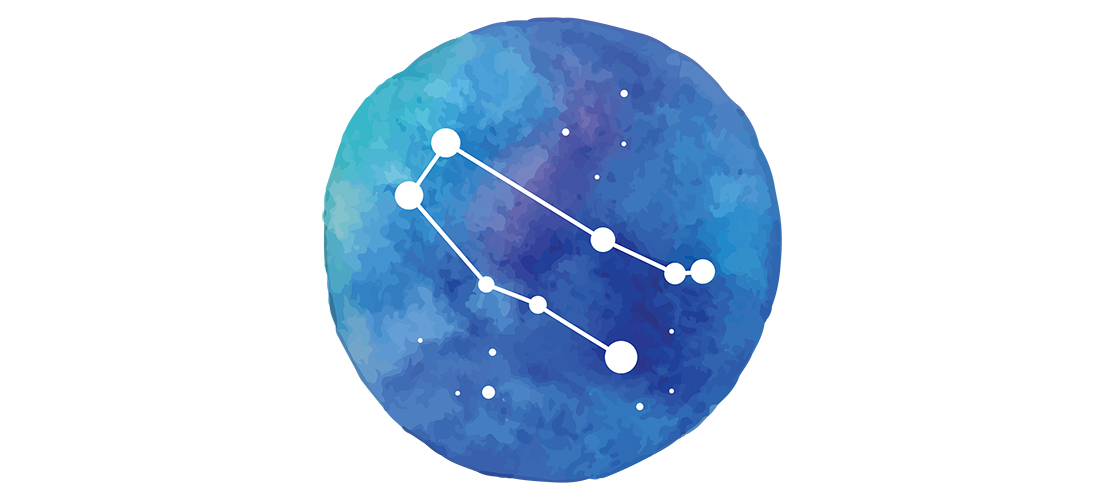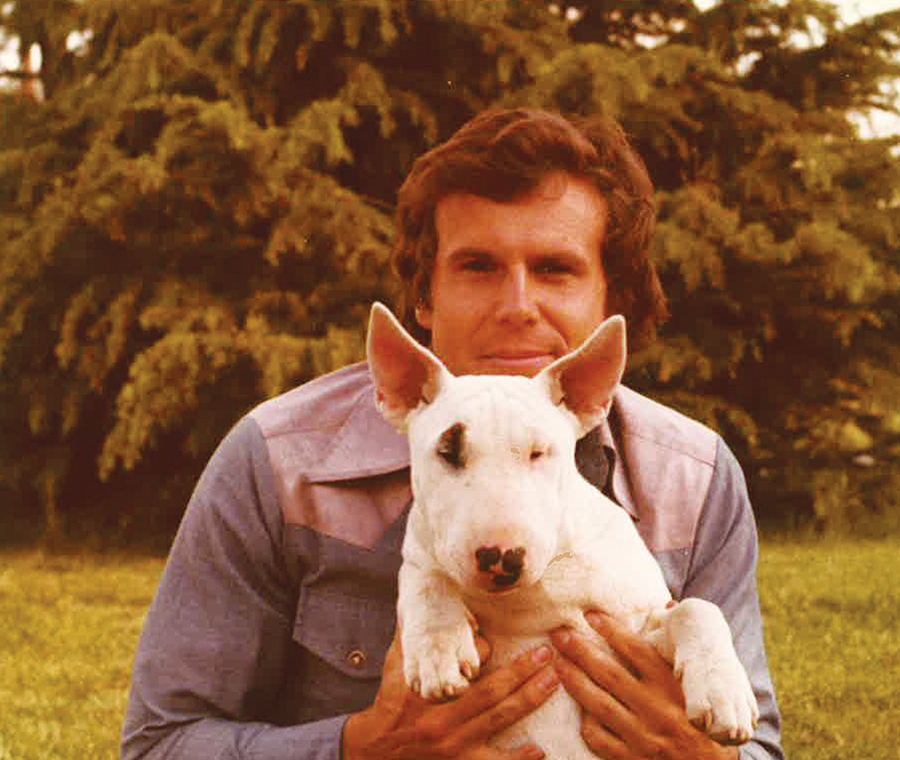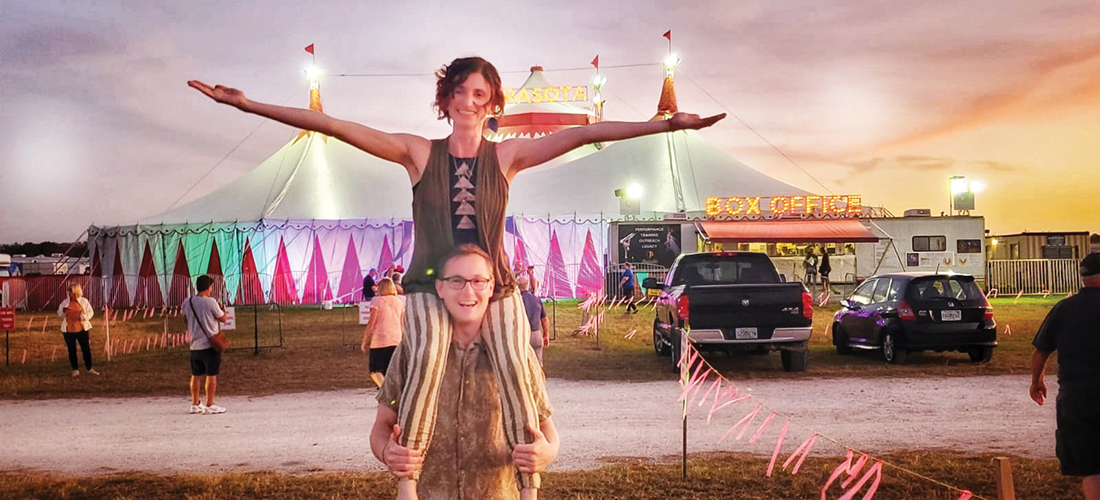Spirits
Home Alone
Lost in quarantine
By Tony Cross
Welcome back for another installment of Solitary Confinement. I’ll be your host.
As I type, I’m still locked down, but it seems some restrictions will be lifted soon with three or four phases gradually reopening different types of businesses. If all goes exactly as planned, restaurants should be allowed to let guests come in and dine sometime early this month. That’s a big “if.” Since, realistically, we could still be fending for ourselves well into mid-June, I’m going to recommend a few more drinks that you can make at home with your spouse, or by yourself.
Please remember that our ABC stores are open, and they carry many local distilleries’ spirits. Although I’m only naming two for the recipes below, also look for the following: Durham Distillery, InStill Distillery, Fair Game Beverage Company, Fainting Goat Spirits, Doc Porter’s Distillery, Crude Bitters, Muddy River Distillery, and many more. They thank you. I thank you.
Negroni
I’ve probably mentioned before about my first interaction with Campari. It didn’t go well. “That’s freaking gross,” I’m sure I said. Well, what the hell did I know? I was still smoking a pack a day, I flipped my hair (which I still had) up in the front like Tin-Tin, and fast food was dinner five or six nights a week. When I got my act together and started taking better care of my body (the hair was a lost cause), a few things happened: I felt better, and my palate expanded like you wouldn’t believe. I fell in love with certain vegetables that I never enjoyed before and started to fall in love with all things bitter. Bitter foods, bitter beer, bitter women and yes, bitter spirits, especially amari.
Author Brad Thomas Parsons says in his book Amaro that “the ingredients of Campari, one of the world’s most famous amari, remain a closely guarded secret, with the only two known ingredients being alcohol and water. Beyond that, the recipe is based on an ‘infusion of herbs, aromatic plants, and fruit in alcohol and water.’”
I think you either love Campari or you don’t. I don’t think I’ve ever met anyone that’s in the middle. My favorite cocktail to make with Campari is the Negroni. In my opinion, it’s one of the best cocktails to have before dinner. It really wakes up the palate. This is an extremely easy cocktail to make. You’ll need three ingredients: gin, Campari and sweet vermouth. Four, if you count ice. For the gin, I stand by Sutler’s Spirit Co. out of Winston-Salem. I’ve written about Sutler’s a bunch, so take my word for it, it’s a lovely gin that’s not juniper-forward. For the sweet vermouth, I recommend Carpano Antica from Italy (also available at Nature’s Own). Traditionally, the recipe calls for equal parts of all three ingredients, but I like to up the gin a touch, so here we go:
Take 1 1/4 ounces of gin, and put it into your rocks glass (yes, we’ll be building this cocktail). Add 3/4 ounce of Campari, and 3/4 ounce of the sweet vermouth. Add ice, and stir until the cocktail is nice, cold, and properly diluted. All that’s left is the garnish. You can take an orange wedge and drop her in, or you can take the peel of an orange and express its oils over the cocktail and discard the peel into the drink. Either way, it’s one helluva way to start the evening. Or afternoon. Or morning (you know who you are, quarantine champs).
Westside
This is one of the first cocktails I learned how to make when I was trying to make heads or tails of the cocktail business. Also extremely easy to make, it just has a few more ingredients. This drink is a spin on the classic Westside, subbing vodka for gin. The Westside was created at the bar Employees Only, in New York City. My first crush was with these folks — their whole ideology of creating drinks, setting the mood, etc. Anyway, before I start getting too awkward, here’s the drink:
The original recipe calls for a Meyer lemon-infused vodka, but this will definitely work with TOPO vodka (out of Chapel Hill). You’ll also need cold sparkling water (Mountain Valley or die), mint, a lemon, rich simple syrup, ice, and a cocktail coupe (or martini glass). Before you start making this drink, place your coupe glass in your freezer, so it’s nice and cold by the time you’re ready to pour. Take 4–5 mint leaves, and break them in half, putting them into a cocktail shaker. Next, add 1/2 ounce of rich simple syrup (two parts sugar, one part water). You’ll take 3/4 ounce of fresh squeezed lemon juice, and finish with 1 1/2 to 2 ounces of vodka. Add ice to your shaker, seal it up, and shake hard for about 10 seconds. Take your coupe glass out of the freezer and place it on the table. Before you strain this cocktail into the glass (or double strain if you want to keep as much mint from entering the glass as possible), you want to add a splash of the sparkling water to your shaker. Bubbles! OK, now strain. You can garnish this drink with a very thin slice of lemon, or nothing at all. These go down pretty quick, so imbibe responsibly. Just kidding, you’re grown up; you’re in own house; the world is set on “virtual.” What have you got to do? Go to town. OH
Tony Cross is a bartender (well, ex-bartender) who runs cocktail catering company Reverie Cocktails in Southern Pines.








